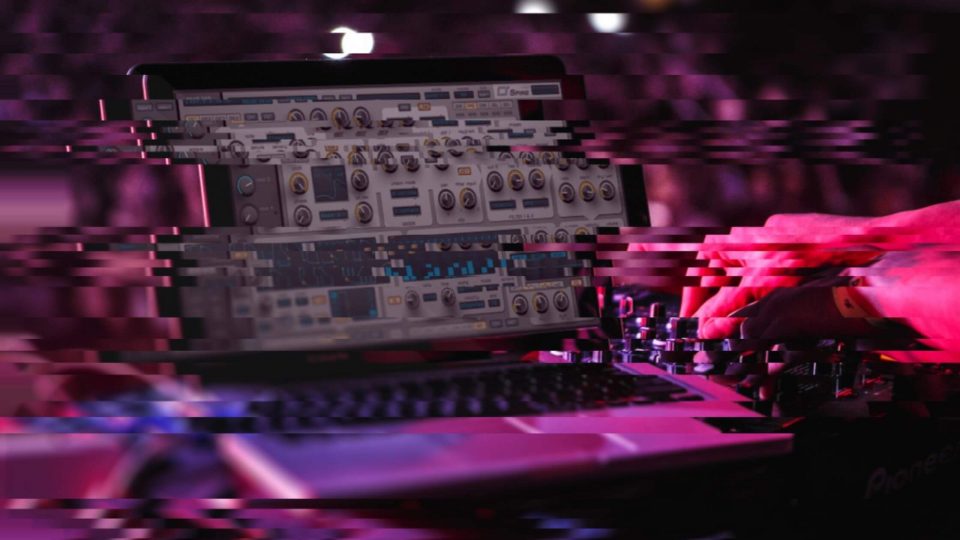Sine Compression Bass Tutorial: 7 Steps to Make Epic Basses!
What is Sine Compression?
The concept is simple. You take a sine wave and compress the hell out of it. This way, you get your pure tone with some smashed-in harmonics to add some flavor to your track.
Sounds fun, right? You can get some powerful bass sounds out of it. It’s a great method if you’re just starting out and want to learn how to make a neuro-styled bass.
The trick is to make the sine wave seem almost like a square wave. The reason we don’t use a square wave is that you’ll get a completely different sound and the tone won’t be right (well, give it a go and see if it works for you).
7 Steps to Make Epic Basses!
How Does Sine Bass Compression Work?
In these next 7 steps, I’m going to tell you how to make awesome, grizzly, basses, like this:
- In your VST of choice, take one oscillator and set the waveform to a sine wave (it’s probably listed as Basic Shapes) in mono rather than stereo. Create a MIDI pattern in the fourth octave (F or F Minor note is usally the best for basses) and bounce it into an audio file.
- Assign it to a mixer channel, and add a soft clip compressor. You can leave the attack and release as default, but a quick attack and slow release may work better for you if you want maximum transients. Add makeup gain until the soft clipper starts doing its thing.
- Next, add a high pass (HP) filter to the to the same mixer channel. You want to keep the resonance right down down to avoid unwanted tones, crank the drive right up and use an automation clip to create some movement. Bounce this down into a new audio file (we recommend turning the gain of each new audio down a notch)
NOTE: By now your waveform should start to have some square like features. - Add another soft clip compressor (but the same one as you used last time) with the same setting, and add a new (but the same) filter to automate more movement
NOTE: Make sure you automate a different pattern each time to give your bass even more movement - Next, add an overdrive distortion (preferbly in a stereo setting at around 150 Hz) to give the high end some more harmonics. Automate some movement for the frequency and then add another compressor. Now you should have a grizzly, untamed bass sound going. Between the distortion and compressor, add another filter and clean the muddy parts out. Feel free to play with the distorion settings until your heart’s content.
- Continue to repeat these processes and refine the sound even more (and more, and more, and more).
- You don’t need to, but add some EQ and your standard mix down processes to make the sound work more for you (or don’t).
Now Go Make a Bass
There you go. You entered this article as a child. Now you’re an adult.
We are very excited to see what you can do with this resampling technique. Don’t forget that you can find complementary sounds on the Mixxed site that are just as epic as the basses you are about to come up with!
READ MORE: Reese Bass Tutorial
